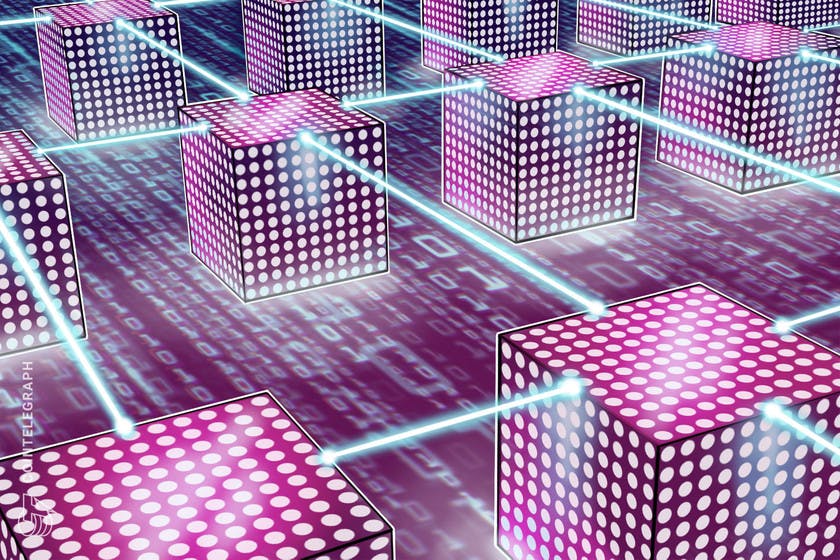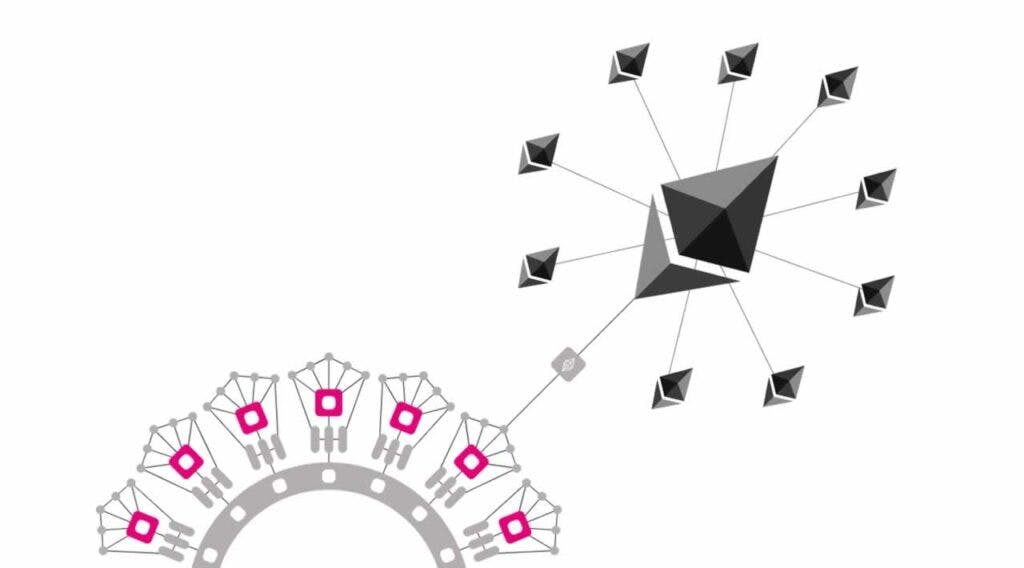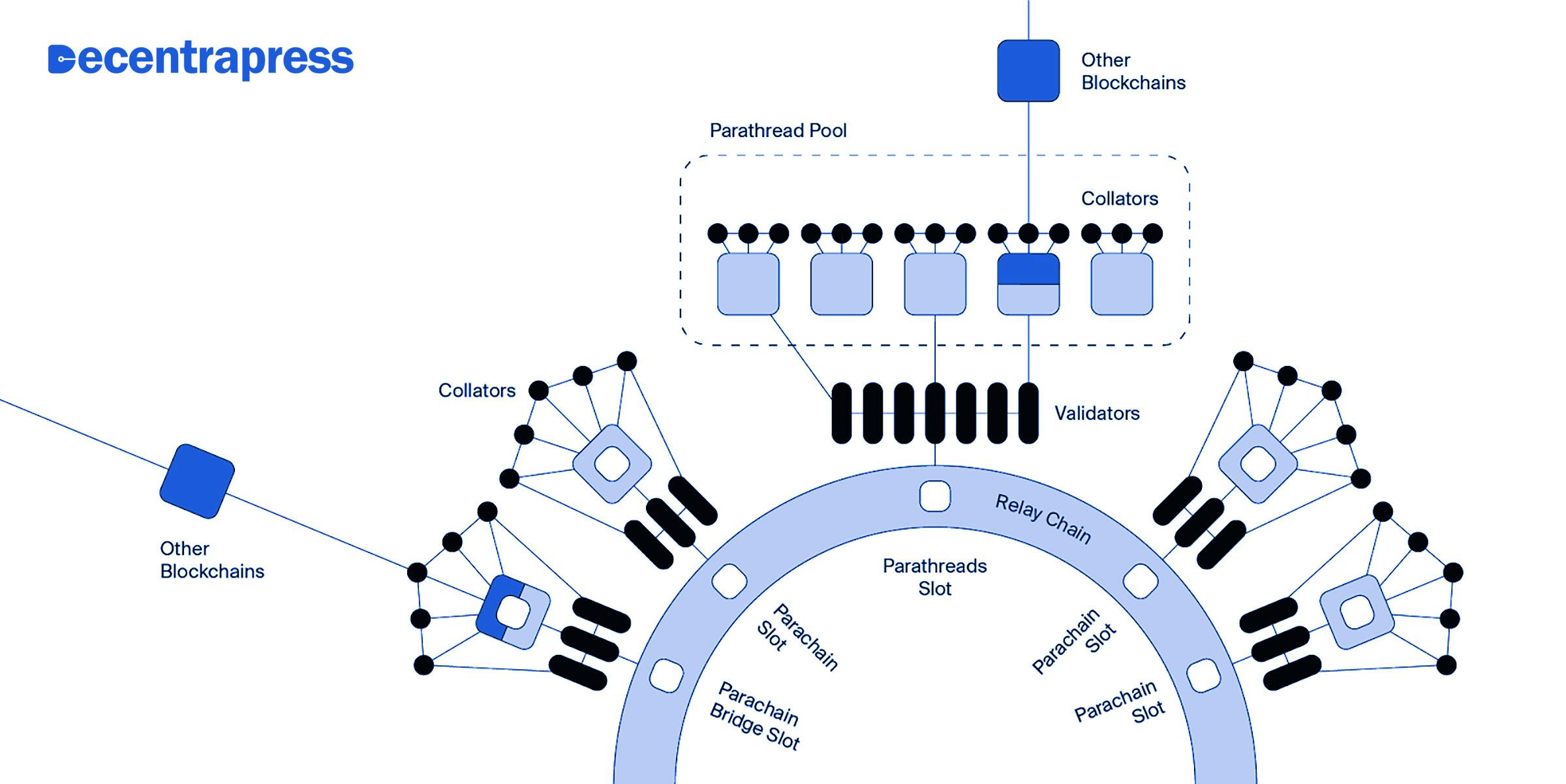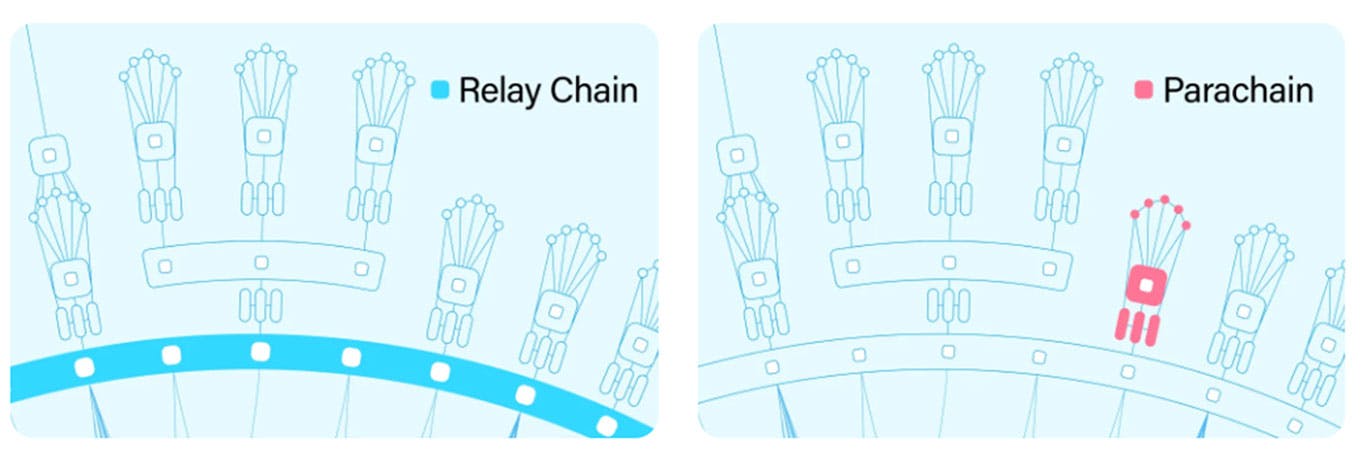Until recently, blockchains have been operating in isolation. Polkadot wants to build a network of blockchains that can work together to make the web genuinely decentralized. Before we go further, let's look at the meaning of interoperability according to the Oxford Dictionary.

interoperability
*/ˌɪntərˌɒp(ə)rəˈbɪlɪti/
The ability of computer systems or software to exchange and make use of information.*
To understand interoperability, consider the email service you use. The email protocol's interoperability allows you to move data from a Gmail account to a Yahoo account.
Another good example is your banking system. You can send and receive money from other banks because they have seamless interoperability.
Left to blockchains like Bitcoin and Ethereum, seamless interaction will not exist. This is the problem Polkadot is solving. Polkadot's goal is to enable developers to create value across all blockchains, rather than just one, – by serving as a framework for all blockchains. It's similar to how HTML allows websites, browsers, and servers to interact. Ethereum, the most popular platform for DApps, is still not very scalable and carries exceptionally high fees, mostly when traffic is high.

A Multi-Chain Network
Polkadot is commonly referred to as a "multi-chain network, because it can join networks together, unlike networks like Bitcoin, which operate independently.
After its inception in 2016, it took a few years for the project to come to fruition. The DOT token did not enter the market until August 2020, and Polkadot was listed on Coinbase in June 2021, giving it final recognition.
The video below is Gavin Wood, Polkadot founder, Ethereum co-founder, and CTO discussing the idea for Polkadot and his vision for what he hopes it can accomplish.
In simple terms, Polkadot (DOT) is a blockchain with a core network, which is the relay chain, where other blockchains connect and communicate with each other. The relay chain handles its security and transactions by hosting blockchains, allowing cross-chain interoperability (communication between different blockchains) to function seamlessly. With Polkadot, users can transfer any data or asset between blockchains while achieving high levels of security and scalability by combining multiple blockchains.
The protocol's governance token is DOT; users can stake it to secure the network or use it to connect or bond new chains. With this innovation, blockchains can now communicate with each other. Polkadot also uses sharding, which combines several chains into a single network. This allows them to run transactions in parallel and share data safely.
The most popular platform for DApps is Ethereum, but it is currently not scalable and has exceptionally high fees that discourage people from using it. This happens mostly when the platform's traffic is high. This means that it prioritizes decentralization over speed and fee-free transactions.
Polkadot is a blockchain with a core network called the relay chain. The relay chain helps other blockchains connect and communicate with one another. The relay chain is in charge of hosting other blockchains and taking care of their security and transactions, making it easy for different blockchains to communicate.
The scalability, interoperability, and security offered by Polkadot's flexible and adaptive network architecture make it easy for developers to build new technology on top of it. The Polkadot network represents a significant breakthrough for blockchain developers and entrepreneurs.
To build on Polkadot, you need to use the Substrate modular framework. Substrate is the primary blockchain SDK used by developers to create the parachains that make up the Polkadot network. This enables users to plug in the features they require while allowing future changes. It also lets developers change the chain's structure, choose components that work best for them, and connect blockchains to other networks, like Ethereum and Bitcoin.
A remarkable example of a network built on Polkadot is Peaq. Peaq provides everything you need to develop people-powered applications for machines, vehicles, robots, and devices. Substrate forms the basis for Peaq.
The video below is of Joshy Orndorff giving an introduction to Parity Technologies' Substrate, a modular framework for building custom blockchains that will be capable of connecting to the Polkadot Network or Kusama Network.
Substrate is the SDK with which you can build parachains, and Polkadot is the means of securing the chains and allowing them to communicate with each other.

The Relay Chain
The Polkadot network relies on the Relay Chain as its central chain. Polkadot is a multi-chain and translation architecture that enables various blockchains and public blockchains to coexist in a single network. The design of the relay chain had minimal functionality in mind. Smart contracts are not supported. The primary responsibility here is to coordinate the overall system and its connected parachains.
The relay chain is the primary chain used by the Polkadot network. Network security, consensus, and cross-chain interoperability are all governed by the protocol of the relay chain. It serves as the network's backbone, connecting other participants and ensuring transaction completion. All validators of Polkadot are staked on the relay chain in DOT and validated for the relay chain.
The relay chain has only a few types of transactions. These include interacting with the governance mechanism, participating in parachain auctions, and participating in NPoS. The relay chain has a deliberately simple design. Because smart contracts are not supported, the chain's primary role is to coordinate the system as a whole, including parachains. Parachains, each with a unique implementation and feature set, work on other tasks.
The Parachains
Parachains can be tailored to various use cases and feed into the main blockchain, known as the Relay Chain, which is considered the heart of the Polkadot and Kusama networks.

Parachain stands for "parallelized chain." They are self-contained blockchains with their own tokens and governance, each with a distinct set of use cases. A parachain is a more basic type of blockchain that relies on the security provided by a "relay chain" rather than its own. The relay chain ensures that attached parachains are secure and checks that messages are passed securely between them. The computations performed by parachains are inherently independent. The relay chain enables parachain's system to operate seamlessly, allowing developers and users to focus on other objectives such as privacy or scalability and their specific applications.
This design structure may enable parachain users to perform transactions more quickly and at a lower cost, as well as parachain developers to create blockchains that do not disclose user data to the public network or do not require a large number of transactions to be processed.
Bridges enhance the Polkadot blockchain's interoperability. These allow parachains and parathreads to communicate with external networks like Bitcoin and Ethereum. Bridges may one day enable the swapping of different tokens and coins without a central exchange.
Summary
Polkadot differs from the Ethereum network in its pursuit of becoming a heterogeneous blockchain network. It employs parachains and parathreads that connect to the main Polkadot Relay Chain. The chains are also linked to external networks via bridges on the platform.


